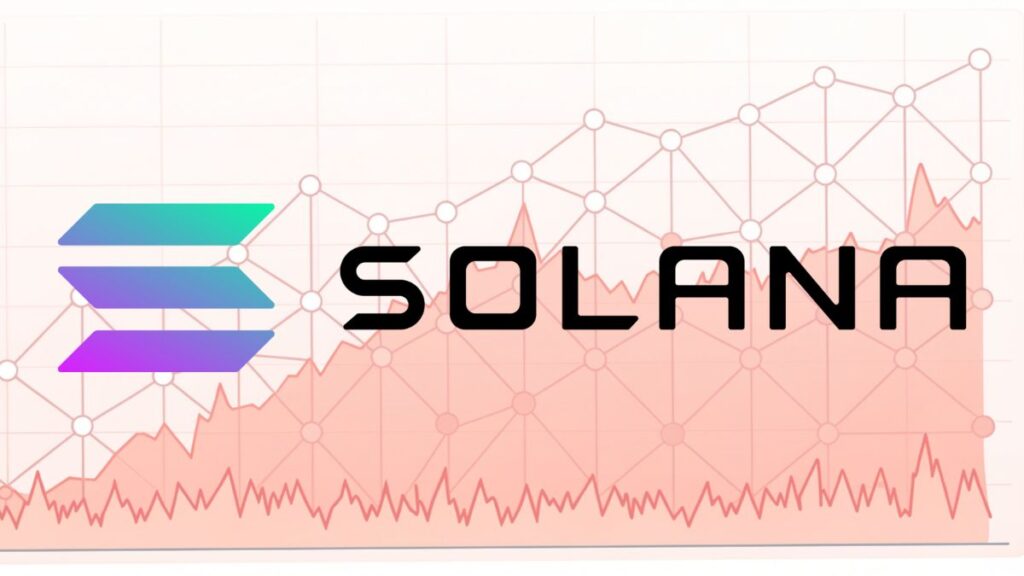TL;DR
- Throughput milestone: Solana mainnet briefly peaked at 107,540 TPS in a weekend stress trial using high load “noop” calls, setting a new capacity benchmark while underscoring that typical throughput remains around 1,000 to 3,700 TPS.
- Test realism: Developers noted the test skipped complex state changes, so the figure reflects theoretical limits, with Helius’s Mert Mumtaz suggesting real operations like transfers or Oracle updates could still reach 80,000 to 100,000 TPS.
- Roadmap and use cases: Solana targets real-time gaming, on-chain auctions, DEX order books, and AI interactions, while rivals lean on rollups, yet translating peaks to everyday throughput remains the open question.
Solana briefly hit a new throughput high over the weekend, with a mainnet block peaking at 107,540 transactions per second during a community stress trial. The figure, produced with high load “noop” calls, sets a fresh benchmark while reigniting debate over real-world performance. It shows the upper bound of current infrastructure and what may be possible as client diversity and runtime optimizations advance.
Solana just did 107,540 TPS on mainnet
yes, you read that correctly
over 100k TPS, on mainnet
good luck bears pic.twitter.com/nGF9Q1b86c
— mert | helius.dev (@0xMert_) August 17, 2025
Record-setting throughput
Helius co-founder Mert Mumtaz said common operations like transfers or Oracle updates could reach 80,000 to 100,000 TPS under similar conditions. By contrast, day-to-day throughput typically sits around 1,000 to 3,700 TPS, much of it from validator votes rather than user transactions. The spike shows headroom when coordination and hardware align, even if practical workloads remain below the headline peak.
Synthetic test caveats

The push relied on “noop” program calls that skipped complex state changes, so the number reflects theoretical capacity more than production reality. Vote inflation inside aggregate TPS also blurs comparisons with user-initiated activity, a nuance that matters for application planning. Sustained performance is bounded by execution, networking, and fee market dynamics, which Solana is iterating to better isolate.
Firedancer and the roadmap
Jump Crypto’s Firedancer client has posted testnet benchmarks above 1.2 million TPS, but the implementation has not yet reached mainnet. Upcoming architectural changes, including separating execution from consensus and introducing localized fee markets, aim to keep apps responsive during demand surges. The milestone adds to rising institutional attention, from reports of a U.S. Digital Asset Stockpile citing Solana to treasuries allocating to SOL alongside performance gains.
Implications for builders and rivals
For developers, higher ceilings open room for real-time gaming, decentralized order books, AI interactions, and on-chain auctions that previously choked on congestion and fee spikes. Competing Layer 1s like Ethereum and Avalanche emphasize rollups and modularity, while Solana doubles down on single-chain performance and validator efficiency. Bitwise has highlighted stability during prior stress as critical for high-frequency use cases, yet the core question is how quickly peaks translate to everyday throughput.










